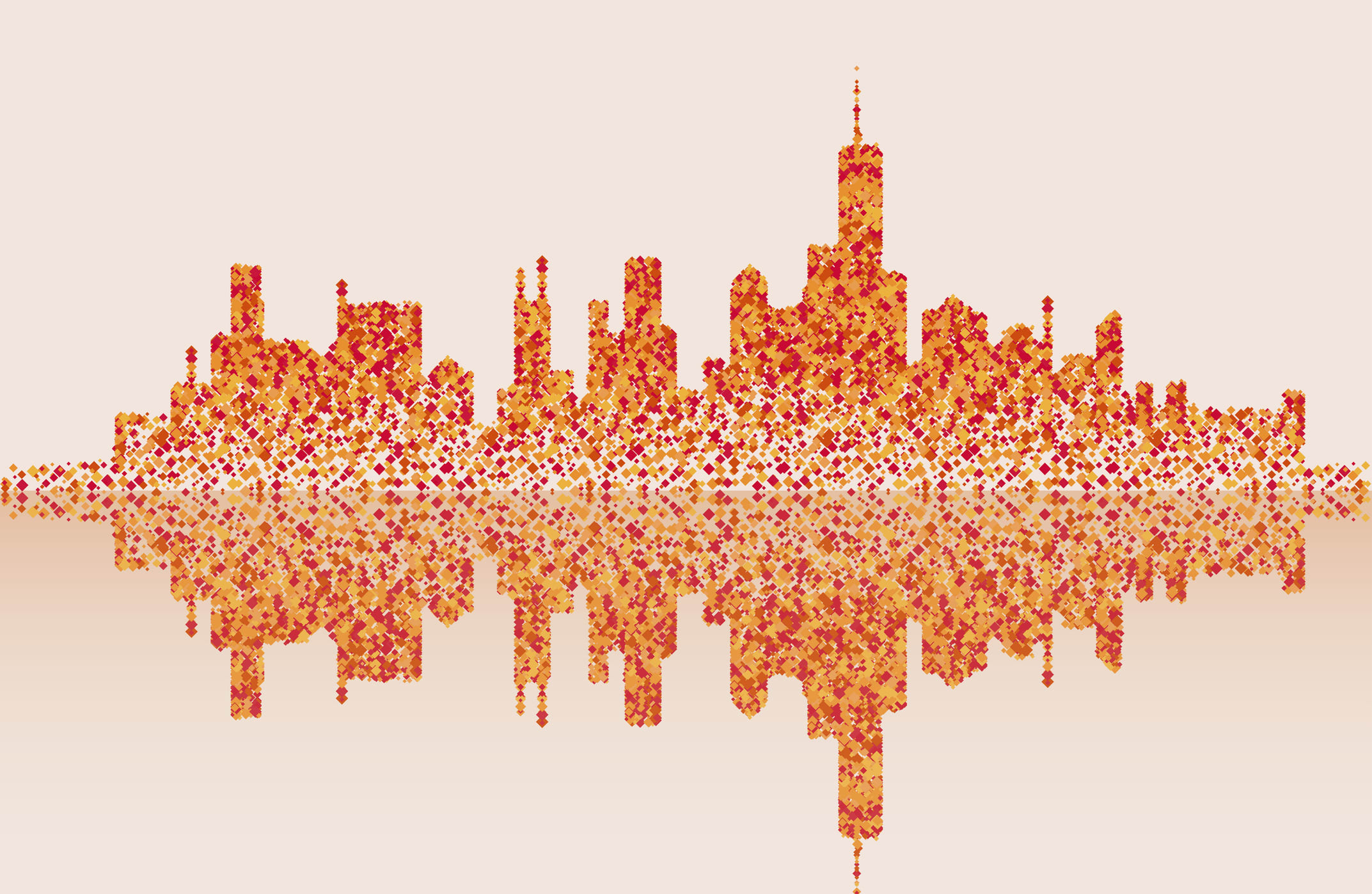Sales of real estate in the metaverse topped $500 million last year and could double this year, according to investors and analytics firms.
Real estate sales on the four major metaverse platforms reached $501 million in 2021, according to MetaMetric Solutions. Sales in January topped $85 million, the metaverse data provider said. It projects that at this pace sales could reach nearly $1 billion this year.
The recent surge in sales was sparked by Facebook’s Oct. 28 announcement that it was rebranding as Meta to focus on the metaverse. Real estate sales surged nearly nine-fold, to $133 million, in November, according to MetaMetric. Sales growth has faded since then, yet January’s sales total will still be more than 10-times the January 2021 levels.
A report from BrandEssence Market Research found that the metaverse real estate market is expected to grow at a compound annual rate of 31% a year from 2022 to 2028.
“There are big risks, but potentially big rewards,” said Janine Yorio, CEO of Republic Realm, a metaverse real estate investor and advisory firm.
‘Big Four’ dominate the space
Republic Realm paid a record $4.3 million for land in the largest metaverse real estate platform, Sandbox. The company is developing 100 islands, called Fantasy Islands, with their own villas and a related market of boats and jet skis. Ninety of the islands sold in the in the first day for $15,000 each and some are now listed for resale for more than $100,000.
For investors, the big question is how to assign value and risk to an asset whose scarcity is artificial and whose future is a blank slate. Over a dozen platforms are now selling real estate in the metaverse, with new ones sprouting up almost weekly. So far, real estate sales have been concentrated on the “Big Four” — Sandbox, Decentraland, Cryptovoxels and Somnium. There are a total of 268,645 parcels on the four platforms, all of varying sizes.
Sandbox dominates the market, with 62% of the available land on the four platforms and three quarters of all land sales in 2022, according to a report from Republic Realm. Sandbox has 166,464 parcels, each 96 meters by 96 meters, and each sold for the Ether equivalent of $12,700 in December.
Decentraland has 90,600 parcels, which are 16 meters by 16 meters, and sold for the Ether equivalent of $14,440 apiece.
Location may still matter
A rush of companies, major brands and investors are pouring into the new land craze, hoping to get in on the ground floor of the next digital Manhattan or Monaco. Yorio said land value in the metaverse will be determined by what owners do with a property — like designing a popular attraction, museum or feature —rather than location.
“You can teleport anywhere so location isn’t as important,” she said.
Yet other investors say that just like in the real world, location in the metaverse is everything when it comes to real estate. Prices for parcels near Snoop Dog’s planned partnership and virtual world in Sandbox are fetching a premium, along with parcels near the Atari development.
Andrew Kiguel, CEO of Toronto-based Tokens.com, recently raised a $16 million fund to invest in metaverse real estate, almost all of which has been allocated to buying land and hiring staff. The company recently spent $2.4 million for land in Decentraland’s fashion district, where the company plans to host fashion events and retail shops.
Kiguel said he is about to announce deals with two North American apparel brands where he is renting space on his property to develop storefronts or experiences. Kiguel said the real opportunity in metaverse land is commercial — renting space and hosting events for companies looking to advertise to a younger digital audience. He said he’s been in talks with accounting firms, investment banks, podcasts and mutual funds to build a presence in the metaverse.
“We’re even talking to companies about putting up digital billboards in virtual conference rooms where people can meet,” he said.
Tokens.com purchased 12 waterfront properties in Somnium that it thinks will increase in value because of its scarcity and visual appeal, Kiguel said.
Still, others say metaverse land is just the latest iteration of the crypto ponzi scheme, luring unwitting investors into projects that may eventually prove worthless. While real land has natural scarcity — hence the old saying “They’re not making any more of it” — virtual land is easily created with code. There is no limit to the number of new metaverse platforms that can launch. Even the big existing platforms can create more land, as Sandbox did when it decided to increase its parcel sizes.
Many point out that previous versions of virtual land grabs, like in “Second Life,” fell far short of their promises.
“Metaverse land sales are generally a pyramid scheme and have been for more than 20 years,” said Edward Castronova, professor of media at Indiana University. “The Metaverse is El Dorado for internet startups. They chase it into the jungle and die.”
While older investors may scoff at metaverse land, Kiguel said, younger consumers and investors are instantly able to see the appeal.
“The problem a lot of people have is that there are generations that have a difficult time attributing value to things that are digital, that you can’t hold and that don’t have weight,” Kiguel said. “The younger generation has no issue with it. Like with NFTs, blockchain technology allows for something to be digital, irreplaceable and scarce. You can hold it, store it, display it and sell it.”
